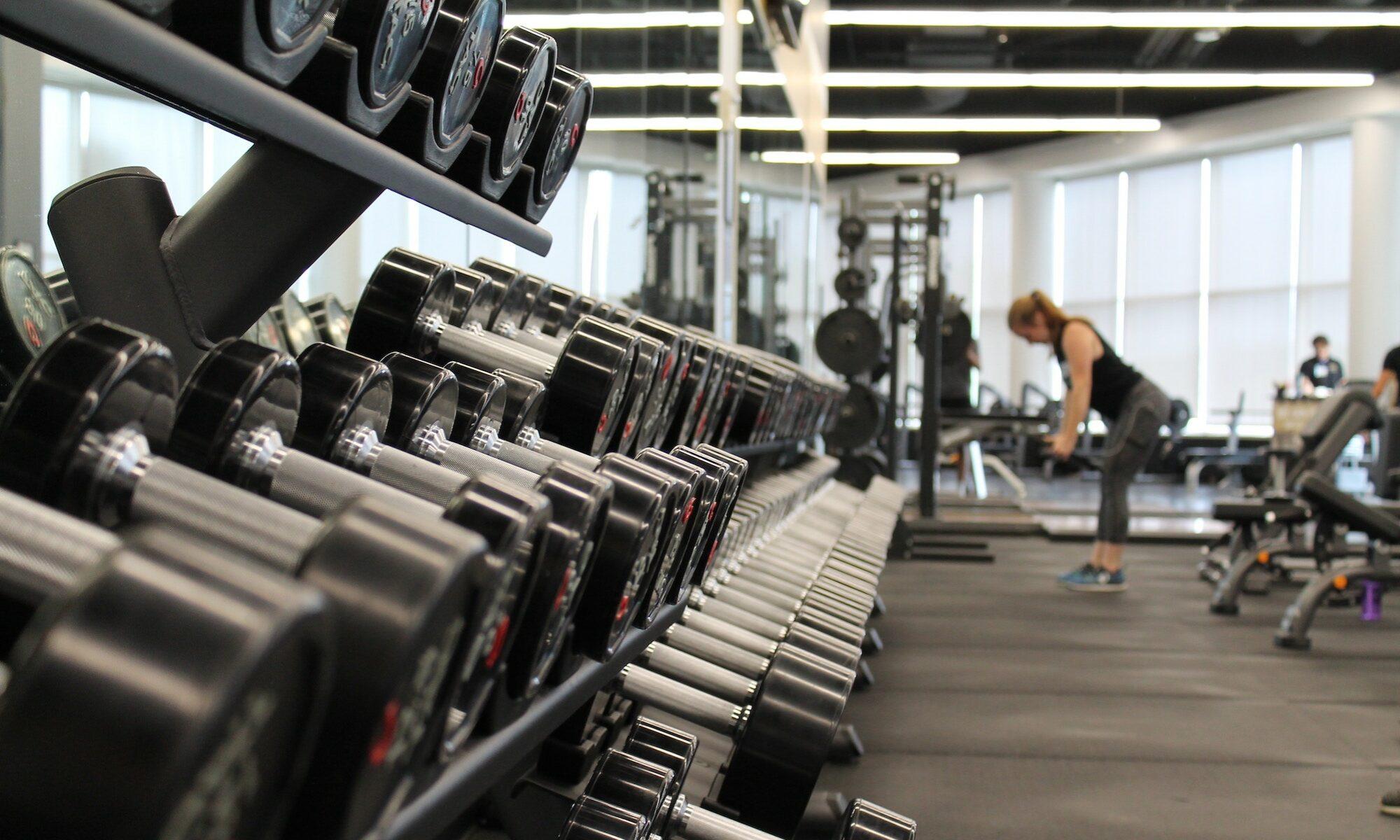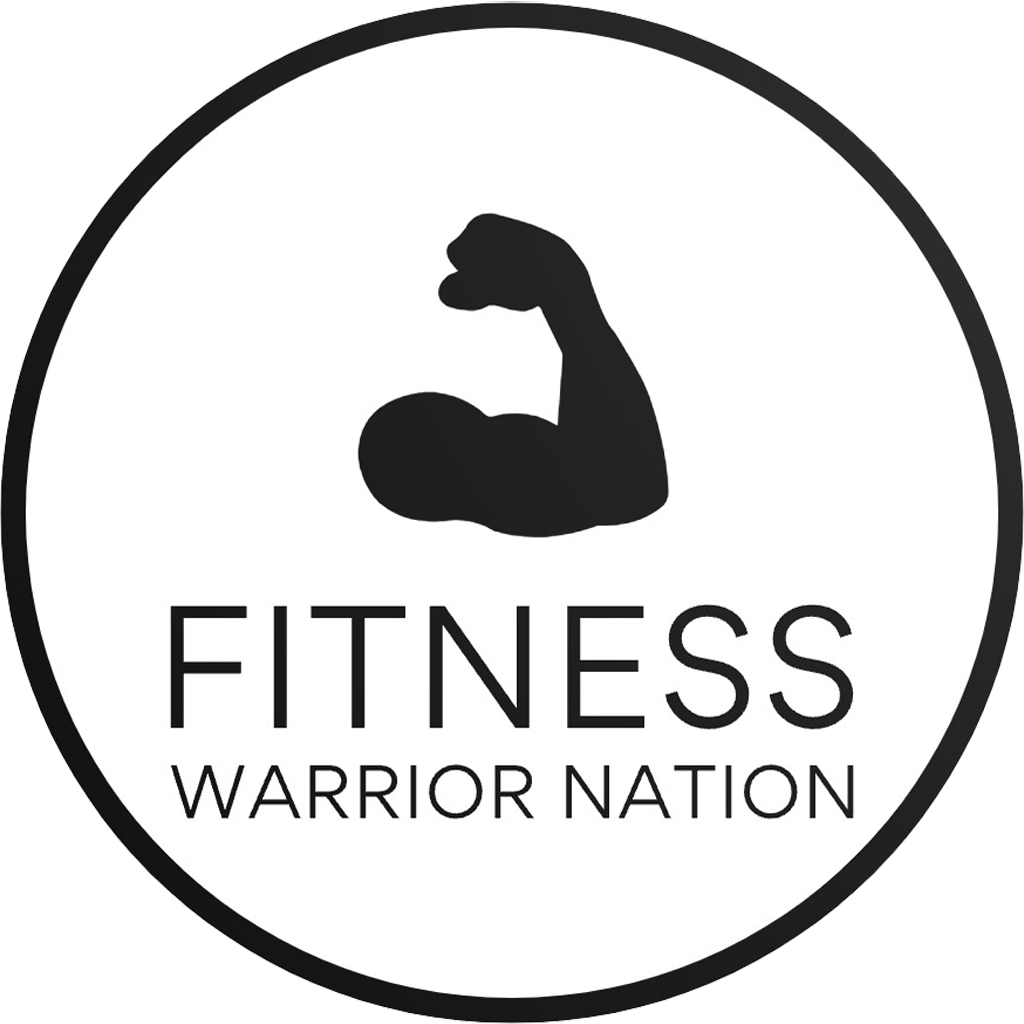The world of fitness continues to evolve, with new trends shaping how people approach health and longevity. One of the most exciting developments in 2025 is the rise of the Japanese walking technique, an interval walking regimen that experts suggest could increase life expectancy by up to seven years. As fitness enthusiasts search for sustainable, enjoyable ways to integrate physical activity into their lives, this method stands out for its simplicity and efficiency. By alternating between brisk and slower walking intervals, this practice not only boosts cardiovascular health but also combats age-related muscular decline and improves metabolic function.
Amidst growing conversations on exercise strategies like Zone 2 training and the ubiquitous 10,000 steps challenge, Japanese walking offers a compelling alternative. Unlike high-intensity workouts that may deter many due to joint stress or fatigue, this approach provides a manageable path for people across fitness levels, including older adults and those with metabolic concerns. The integration of this technique into weekly routines meets the recommended 150 minutes of moderate exercise, making it both practical and transformative.
Major fitness brands such as Asics, Nike, Adidas, Under Armour, Reebok, and New Balance are beginning to spot the potential of this trend, offering specialized footwear and gear tailored for interval walking. Meanwhile, technology leaders like Fitbit, Polar, and Technogym facilitate precise monitoring of heart rate zones, helping users stay in the optimal Zone 2 range for fat burning and endurance. Nutritional brands like LifeAID complement this movement, supporting post-walk recovery and hydration in wholesome, functional ways.
Understanding the Japanese Walking Trend and Its Life-Enhancing Potential
Japanese walking, also known as interval walking training (IWT), blends short bursts of brisk walking with slower-paced recovery periods. Typically, individuals alternate between three minutes of fast-paced walking and three minutes of slower walking, creating a 30-minute session that effectively trains the cardiovascular and muscular systems while remaining low-impact.
Studies emerging from Japan decades ago illustrated that this form of interval walking offered superior health benefits compared to steady-state walking. Particularly significant is its capacity to reduce age-associated risks such as rising blood pressure, weakening thigh muscles, and declines in exercise capacity. Between 2020 and 2025, an increasing number of fitness professionals have embraced this regimen due to its adaptability and evidence-backed results.
For instance, performing Japanese walking five days a week accumulates to the widely accepted 150 minutes of moderate exercise paramount for extending life expectancy. This consistency aligns with findings shared by fitness experts like Jillian Michaels, who emphasize that simple, manageable practices can extend lifespan by as much as seven years. Unlike strenuous HIIT, which can be daunting and unsuitable for many, Japanese walking’s rhythm is sustainable for all fitness levels.
- Efficient cardiovascular training: Alternating intensities stimulate heart efficiency without excessive strain.
- Muscle preservation: The engagement during fast intervals combats muscle loss in the thighs and legs crucial to mobility.
- Blood pressure management: Regular practice moderates hypertension risks associated with aging.
- Accessible for all: Low joint impact makes it feasible for beginners and older adults.
- Supports metabolic health: Particularly beneficial for those with metabolic diseases, improving insulin sensitivity.
The growing popularity of the Japanese walking trend has spurred brands to innovate. For example, Asics and Adidas have released shoes optimized for variable pace walking, offering enhanced stability and cushioning tailored for interval patterns. At the same time, tools like Polar heart rate monitors enable practitioners to maintain the proper intensity—working within Zone 2, which corresponds roughly to 60-70% of maximum heart rate, the sweet spot for endurance and fat burning.
| Session Component | Duration | Intensity Zone | Benefits |
|---|---|---|---|
| Fast Walking | 3 minutes | 60-70% max heart rate (Zone 2) | Boosts cardio fitness, burns fat, strengthens muscles |
| Slow Walking | 3 minutes | 40-50% max heart rate | Active recovery, reduces joint strain |
How Japanese Walking Compares to Other Popular Fitness Trends
Recent fitness trends like Zone 2 training and the pursuit of 10,000 steps a day have captivated the fitness community. Japanese walking uniquely combines both by promoting interval sessions within the Zone 2 heart rate bracket. While the 10,000 steps challenge encourages movement accumulation, it often lacks intensity variety that optimizes cardiovascular and muscular benefits. Zone 2 training demands steady effort which can feel monotonous or inaccessible for beginners.
Japanese walking merges the best of both approaches: it accumulates sufficient steps and alternates intensities, maximizing fitness gains while being more engaging and less intimidating. This inclusivity has cemented its position in workout rotations, especially among demographics requiring gentler exercise sequences. For those tracking progress via Fitbit or Technogym devices, data indicates improved endurance and decreased fatigue over consistent weeks.
- 10,000 steps: Encourages general activity but lacks structured intensity.
- Zone 2 training: Focuses on steady aerobic performance but can be monotonous.
- Japanese walking: Combines interval training benefits with walking ease.
Integrating Japanese Walking Into Your Fitness Routine with Top Gear and Technology
To get the most from Japanese walking, equipping yourself with the right gear and leveraging technology is crucial. Brands like Nike, Reebok, and Under Armour offer lightweight, supportive shoes designed for varying paces and terrains that enhance comfort during interval walking sessions. Selecting footwear with adequate cushioning and stability helps reduce injury risk while encouraging longer, more frequent walks.
Additionally, fitness trackers from Polar, Fitbit, and Technogym provide invaluable feedback by monitoring heart rate zones continuously. This allows walkers to stay within the ideal Zone 2 intensity, crucial for maximizing fat burning and cardiovascular adaptation. Some models even recommend when to speed up or slow down, tailoring intervals precisely.
For instance, pairing your walk with an app designed to time intervals and alert you accordingly streamlines the routine. Such tools empower individuals to focus on movement quality rather than constant time tracking, making adherence easier. Nutritional complements like LifeAID recovery drinks support muscle repair and hydration post-walk without excess sugars or additives.
- Footwear considerations: Choose Breathable, cushioned shoes from Asics, Nike, or New Balance.
- Heart rate monitors: Utilize Fitbit or Polar devices to precisely gauge effort zones.
- Interval apps: Apps designed for interval training assist with pacing and motivation.
- Recovery nutrition: LifeAID and similar products aid in replenishment and muscle health.
- Proper clothing: Wear moisture-wicking and temperature-appropriate gear from Adidas or Under Armour.
| Equipment | Description | Recommended Brands |
|---|---|---|
| Walking Shoes | Supportive and cushioned footwear for interval walking | Asics, Nike, Adidas, New Balance, Reebok |
| Fitness Trackers | Devices to monitor heart rate and track intervals | Fitbit, Polar, Technogym |
| Hydration & Recovery | Functional drinks and supplements to aid recovery | LifeAID |
| Training Apps | Mobile applications to organize timing and intensity | Various interval training apps |
Scientific Evidence Supporting the Longevity Benefits of Japanese Walking
Robust research highlights the life-extending potential of regular Japanese walking. A landmark 2024 review published in Applied Physiology, Nutrition, and Metabolism confirms that interval walking training (IWT) provides significant benefits for middle-aged and older adults, including those with metabolic diseases such as Type 2 diabetes. The walking sessions contribute to maintaining physical fitness and counteracting age-associated declines.
Longitudinal studies from Japan emphasize that continued participation in IWT not only improves blood pressure control and leg muscle strength but also enhances exercise tolerance, allowing older populations to maintain activity levels longer into life. Health professionals note this low-impact regimen reduces risks traditionally linked to sedentary lifestyles and contributes to overall vitality.
Moreover, the concept that 150 minutes of walking per week can extend life expectancy by seven years is gaining recognition globally. Experts stress that Japanese walking’s interval approach ramps up these benefits by increasing exercise efficiency. The rhythmical alternation between fast and slow phases maintains aerobic effort without causing joint or physiological stress, distinguishing it from more intense forms of interval training.
- Improvement in cardiovascular markers: Reduced blood pressure and improved heart rate variability.
- Muscle strength preservation: Targeting thigh muscles combats sarcopenia and improves mobility.
- Enhanced metabolic control: Positive impact on blood sugar and insulin sensitivity.
- Increased exercise tolerance: Ability to sustain activity longer with less fatigue.
- Psychological benefits: Enjoyable exercise increases adherence and mental well-being.
Practical Tips and Strategies to Maintain Japanese Walking as a Lifelong Habit
Adopting Japanese walking as a lifelong fitness strategy requires deliberate planning and motivational support. One key element is selecting exercises you enjoy, fostering consistency. As Dr. Alexa Mieses Malchuk points out, sustainable exercise matches your fitness level and feels comfortable, whether it’s Japanese walking, HIIT, or another regimen.
Setting realistic goals based on age and ability guides progression without risking burnout or injury. Resources like Fitness Warrior Nation’s walking goals by age provide structured benchmarks. Additionally, emerging fitness destinations such as those highlighted in Richmond Fitness Destination offer community support to keep motivation high.
Regular assessment and enhancement of fitness levels, guided by experts or through platforms like Fitness Warrior Nation’s assessment tools, empower walkers to track gains and refine their approach. Celebrities and fitness icons like Shweta Tiwari also demonstrate how integrating accessible activities like Japanese walking can fit into varied lifestyles, as explored in her fitness regimen.
- Choose enjoyable walking routes: Scenic parks or urban loops increase engagement.
- Partner with friends or groups: Social exercise boosts accountability.
- Track progress with fitness technology: Use Fitbit or Polar to stay motivated.
- Incorporate recovery nutrition: Support muscle health with LifeAID after sessions.
- Review and adjust goals regularly: Use expert advice and assessment platforms.
| Strategy | Tips for Success | Resources |
|---|---|---|
| Goal Setting | Set realistic, age-appropriate walking milestones | Walking goals by age |
| Motivation | Join walking groups or fitness communities | Richmond Fitness Destination |
| Monitoring | Use heart rate trackers to stay in target zones | Fitbit, Polar devices |
| Nutrition | Consume functional recovery drinks after walks | LifeAID |
| Education | Enhance understanding through expert content | Assess & Enhance Fitness Levels |


